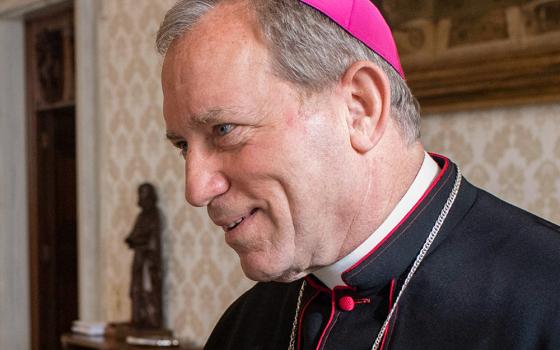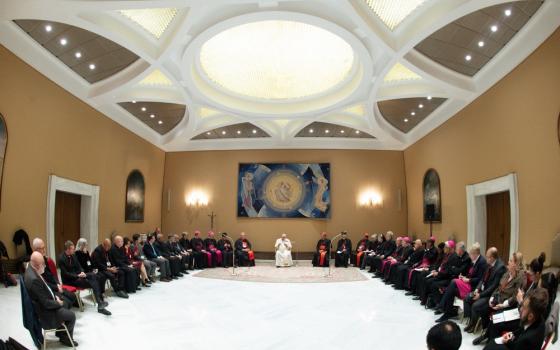So much has already been said about the content of the report from the Congregation for Institutes of Consecrated Life and Societies of Apostolic Life (CICLSAL) that when asked to write an article on the subject, I decided to presume that readers are aware of those contents and of the responses it has so far elicited. I want to delve a bit below the surface of both the process and the text itself to engage what I think are some of the deeper issues and concerns and hopes that invite and challenge us for the future. I will organize these reflections under four unequal headings: the provocative symbolism of Tuesday's press conference releasing the report; the prominence of the theme of process in the responses given by the press conference panelists; the role of truth telling in the apostolic visitation (hereinafter: the visitation or the investigation) and its aftermath; and finally some reflections on how we might engage the future that the report has opened up.
I. Symbolism
Before a word was spoken in the press conference Tuesday morning, those present physically or electronically were confronted with a powerful visual symbol. In stark contrast to the press conference five years ago at which Cardinal Rodé, then Prefect of CICLSAL, single-handedly announced the investigation without having even informed the major superiors of women religious of his intention to do so, much less invited their participation in any way, the press conference yesterday morning was held by six participants, three men and three women, who shared the table as equally involved subjects of the process rather than the women as helpless objects of a unilateral exercise of dominative male power. Two men from CICLSAL, the Cardinal Prefect João Bráz de Aviz and the Secretary Jose Carballo with Sr. Mary Clare Millea, ASCJ, the director of the investigation, and Rev. Thomas Rosica, CSB, who was part of her team represented the Vatican agency which had initiated and carried out the visitation. The heads of the two conferences of U.S. women religious, Sr. Sharon Holland, IHM, president of the Leadership Conference of Women Religious (LCWR) and Sister Agnes Mary Donovan, SV, coordinator of the Conference of Major Superiors of Women Religious (CMSWR) represented the congregations which had been investigated. Unlike the preliminary secrecy which precipitated the total shock, confusion, and anger that met the investigation's launch, the participants in this event had all had access to the report beforehand with time to thoughtfully formulate their responses to it.
The symbolism was both negative and positive. Negatively, it manifested clearly, by contrast, what was so very wrong with the fact and the mode of the initiation of the visitation. As was correctly pointed out later in the press conference an apostolic visitation is not necessarily a negative and violent event. When done well for the right reasons, with collaboration and respect on both sides, it can be a healthy and life-giving process. Most religious congregations, as part of their internal governance, provide for regular visitations by the higher superiors to the individuals and houses of the order. The presence and active participation of both those representing the Vatican and those representing the religious in Tuesday morning's event manifested by contrast what was wrong, from the very beginning, with the current investigation.



